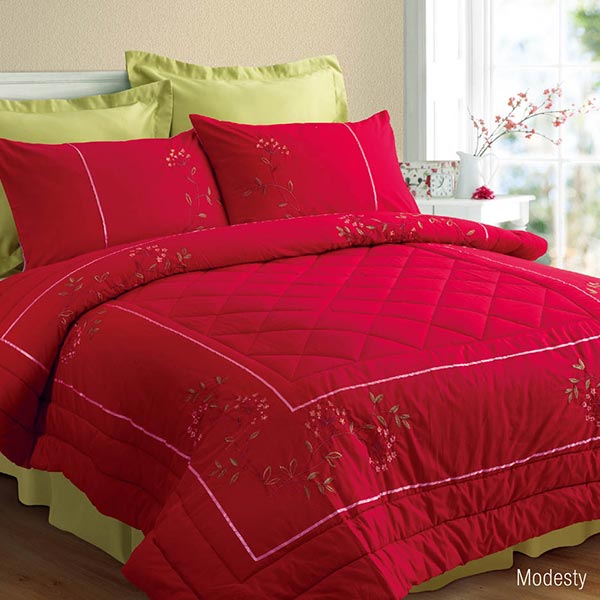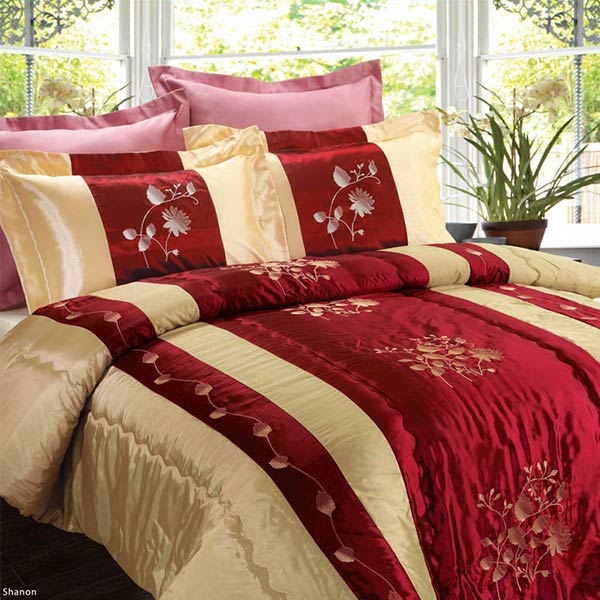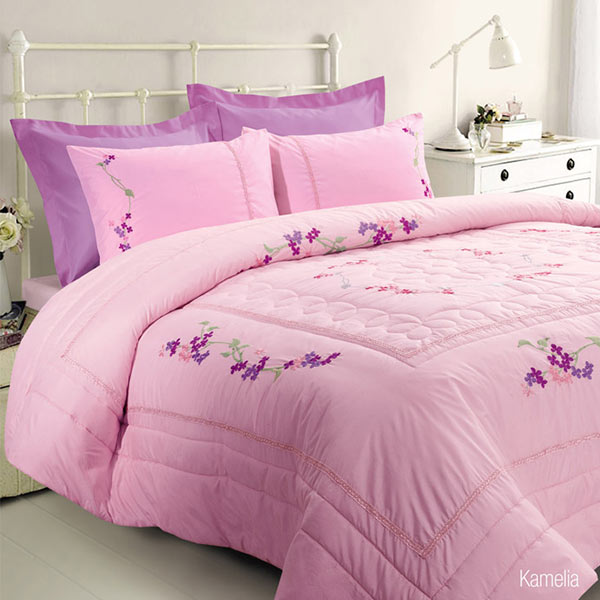
How to distinguish various fabrics
- Categories:Industry News
- Author:
- Origin:
- Time of issue:2021-04-20
- Views:0
(Summary description)Disassemble several warp and weft yarns of two unknown types of fabrics, and ignite them with a lighter respectively, and carefully observe some physical phenomena of the burning process to determine the raw materials of warp and weft yarns. When burning, observe the flame, melting, and smell, and the status of the ashes after burning.
How to distinguish various fabrics
(Summary description)Disassemble several warp and weft yarns of two unknown types of fabrics, and ignite them with a lighter respectively, and carefully observe some physical phenomena of the burning process to determine the raw materials of warp and weft yarns. When burning, observe the flame, melting, and smell, and the status of the ashes after burning.
- Categories:Industry News
- Author:
- Origin:
- Time of issue:2021-04-20
- Views:0
Disassemble several warp and weft yarns of two unknown types of fabrics, and ignite them with a lighter respectively, and carefully observe some physical phenomena of the burning process to determine the raw materials of warp and weft yarns. When burning, observe the flame, melting, and smell, and the status of the ashes after burning. The following are the burning physical performance parameters of the two fabric materials for consumers' reference.
1. Cotton fiber and hemp fiber. Both cotton fiber and hemp fiber burn immediately near the flame, burning quickly, the flame is yellow, and blue smoke is emitted. The difference between the burning smell and the ashes after burning is that the burning of cotton gives off the smell of paper, and the burning of hemp gives off the smell of plant ash; after burning, cotton has very little powder ashes, which is black or gray, and hemp produces a small amount of off-white powder. The ashes.
2. Nylon and polyester. The scientific name of nylon (nylon) is polyamide fiber. It quickly crimps and melts into a white gel near the flame. It melts and drops and foams in the flame. There is no flame when burning. It is difficult to continue burning without the flame. It emits a celery smell. After cooling down The ashes are light brown, and the molten material is not easy to grind. The scientific name of polyester is polyester fiber, which is easy to ignite and melts when it is near the flame. When it burns, it emits black smoke while melting. It is a yellow flame and emits an aromatic smell. After burning, the ashes are dark brown lumps, which can be broken with fingers.
3. Acrylic and polypropylene. The scientific name of acrylic fiber is polyacrylonitrile fiber. It softens and shrinks near fire. It emits black smoke after fire. The flame is white. After leaving the flame, it burns quickly. It emits the bitter smell of burning meat. After burning, the ashes are irregular black lumps, which are easily broken by hand twist. . The scientific name of polypropylene is polypropylene fiber. It melts near the flame and is flammable. It burns slowly from the fire and emits black smoke. The upper end of the flame is yellow, and the lower end is blue, emitting a smell of petroleum. The ashes after burning are hard round light yellow-brown particles. Twist and fragile.
4. Vinylon and Chlorine. The scientific name of vinylon is polyvinyl formal fiber. It is not easy to ignite. It melts and shrinks near the flame. When burning, there is a little flame at the top. When the fiber is melted into a gel, the flame becomes larger, there is thick black smoke, and it emits a bitter smell. After burning, it remains black Bead-shaped particles can be crushed with fingers. The scientific name of polyvinyl chloride is polyvinyl chloride fiber. It is difficult to burn and extinguishes when you leave the fire. The flame is yellow, and the lower end is green with white smoke. It emits a pungent, pungent and sour smell.
5. Spandex and fluorine fiber. The scientific name of spandex is polyurethane fiber. It melts and burns near the fire. The flame is blue when it burns. It continues to melt away from the fire, emitting a special irritating odor. After burning, the ashes become soft and fluffy black ash. The scientific name of fluorine fiber is polytetrafluoroethylene fiber, which is called fluorite fiber by ISO organization. It only melts near flame, hard to ignite, and does not burn. The edge flame is blue-green and carbonized, melted and decomposed. The gas is toxic, and the melt is hard round black. Beads. Fluorine fibers are often used in the textile industry to make high-performance sewing threads.
It is simple and easy to use the combustion method to identify fibers, but it is not easy to judge blended products. It is necessary to extract one yarn from the warp and weft directions (ie, the straight and horizontal directions) and burn them separately for identification.
Scan the QR code to read on your phone
WRITE A MESSAGE TO US
RECOMMEND
Regarding quality as the life of the company, we pay close attention to product quality, provide customers with qualified products, and meet customers' needs and various requirements for products.
NEWS
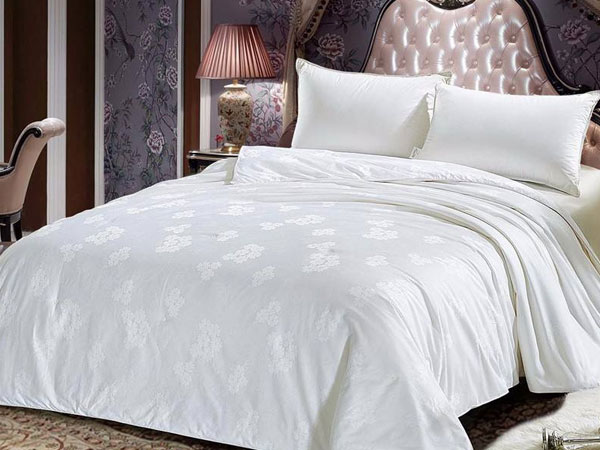
2021-04-20

2021-04-20


2021-04-20

2021-04-20
It has been learned from the market that there are many varieties of bedding products, with different grades, great price differences and uneven quality.
It has been learned from the market that there are many varieties of bedding products, with different grades, great price differences and uneven quality.
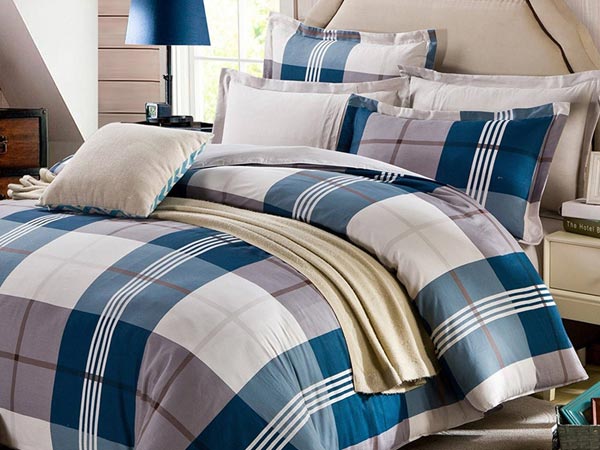
Service Hotline:
+86-13562111197
E-mail:yuxiang373071@163.com
MOBILE OFFICIAL WEBSITE

ONLINE MESSAGE
Copyright: Weihai Haoye Home Textile Co., Ltd. 鲁ICP备06035458号-1 Powered by www.300.cn




